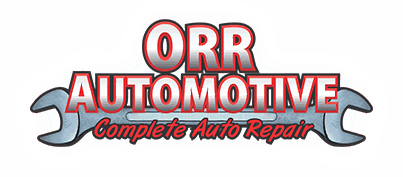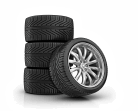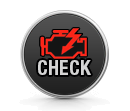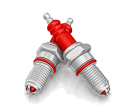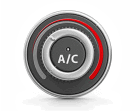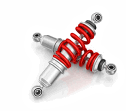1. Go the speed limit. Use cruise control.
While each vehicle reaches its optimal fuel economy at a different speed (or range of speeds), gas mileage usually decreases rapidly at speeds above 50 mph. You can assume that each 5 mph you drive over 50 mph is like paying an additional $0.25 per gallon for gas. Observing the speed limit is also safer. Additionally, using cruise control on the highway helps you maintain a constant speed and, in most cases, will save gas.
2. Drive Sensibly.
Aggressive driving (speeding, rapid acceleration and braking) wastes gas. It can lower your gas mileage by 33 percent at highway speeds and by 5 percent around town. Sensible driving is also safer for you and others, so you may save more than gas money.
3. Avoid idling and rush-hour traffic.
Idling can use a quarter to a half gallon of fuel per hour, depending on engine size and air conditioner (AC) use. Turn off your engine when your vehicle is parked. It only takes a few seconds worth of fuel to restart your vehicle. Turning your engine on and off excessively, however, may increase starter wear.
4. Keep your engine properly tuned.
Fixing a car that is noticeably out of tune or has failed an emissions test can improve its gas mileage by an average of 4 percent, though results vary based on the kind of repair and how well it is done. Fixing a serious maintenance problem, such as a faulty oxygen sensor, can improve your mileage by as much as 40 percent.
5. Remove junk from the trunk.
Added weight in your vehicle affects fuel economy, so take unnecessary items out of your trunk. An extra 100 pounds in your vehicle could reduce your MPG by up to 2 percent. The reduction is based on the percentage of extra weight relative to the vehicle's weight and affects smaller vehicles more than larger ones.
6. Commute to work.
Stagger your work hours to avoid peak rush hours. Drive your most fuel-efficient vehicle. Consider telecommuting (working from home) if your employer permits it. Take advantage of carpools and ride-share programs. You can cut your weekly fuel costs in half and save wear on your car if you take turns driving with other commuters. Many urban areas allow vehicles with multiple passengers to use High Occupancy Vehicle (HOV) lanes which are typically less congested, further improving your fuel economy. Consider using public transit if it is available and convenient for you. The American Public Transit Transportation Association has links to information about public transportation in your state.
7. Combine trips.
Combining errands into one trip saves you time and money. Several short trips taken from a cold start can use twice as much fuel as a longer multipurpose trip covering the same distance when the engine is warm. Trip planning ensures that traveling is done when the engine is warmed up and efficient, and it can reduce the distance you travel.
8. Use the recommended grade of motor oil.
You can improve your gas mileage by 1-2 percent by using the manufacturer's recommended grade of motor oil. For example, using 10W-30 motor oil in an engine designed to use 5W-30 can lower your gas mileage by 1-2 percent. Using 5W-30 in an engine designed for 5W-20 can lower your gas mileage by 1-1.5 percent. Also, look for motor oil that says "Energy Conserving" on the API performance symbol to be sure it contains friction-reducing additives.
9. Keep tires properly inflated.
You can improve your gas mileage by around 3.3 percent by keeping your tires inflated to the proper pressure.* Under-inflated tires can lower gas mileage by 0.3 percent for every 1 psi drop in pressure of all 4 tires. Properly inflated tires are safer and last longer.
*The proper tire pressure for your vehicle is usually found on a sticker in the driver's side door jamb or the glove box and in your owner's manual. Do not use the maximum pressure printed on the tire's sidewall.
10. Avoid rooftop carriers.
A roof rack or carrier provides additional cargo space and may allow you to meet your needs with a smaller car. However, a loaded roof rack can decrease your fuel economy by 5 percent. Reduce aerodynamic drag and improve your fuel economy by placing items inside the trunk whenever possible. Avoid carrying unneeded items, especially heavy ones. An extra 100 lbs in the trunk reduces a typical car's fuel economy by 1-2 percent.
